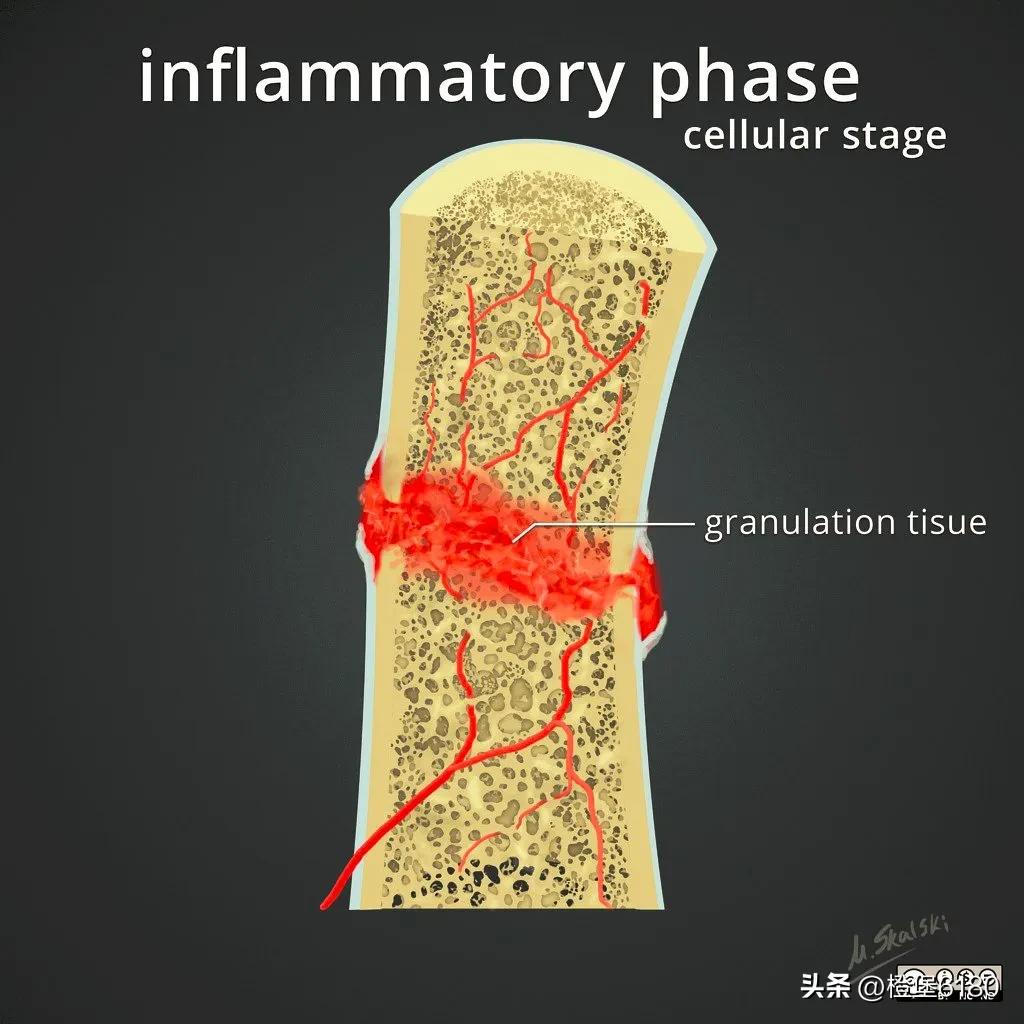Examples of Modeling and Simulating Large Biology Diagrams Bone fractures are a common injury and the healing process is complex. Bone is one of a few tissues that is able to heal without forming a fibrous scar. "Bone healing is an intricate regenerative process which can be classified into primary (direct) and secondary (indirect) bone healing."

In this article, you will review the types/classifications of fractures, 5 stages of bone healing process, and 5 P's in nursing assessment of a patient with a fracture.. Quiz Your Nursing Fundamentals Knowledge Here. Also, you will learn about factors affecting bone healing, causes of fracture, signs, and symptoms, and complications.

Bone Healing Biology Diagrams
Bone healing types . We have three types of bone healing. Secondary bone healing (indirect, spontaneous) Primary bone healing (contact healing) Gap healing; If there is small amount of tension (below 2%) on the fracture (the fracture ends held very stable) => primary bone healing occurs; such as when using plates and screws (type of internal

Primary Healing. Bone healing is the process of rebuilding bone following a fracture. There are two main types of bone healing, primary and secondary. Primary (direct) healing occurs when the bony fragments are perfectly reduced, aligned, and fixed under compression with no motion at the fracture site. The bone in an embryo consists of woven bone, which is later replaced by lamellar bone. Normally there is no woven bone in the skeleton after 4 or 5 years but it reappears during the healing process after fracture. The two types of bones have many differences in composition, organisation, growth and mechanical properties.

Treating different types of bone fractures Biology Diagrams
Understand treatment options for types of bone fractures A fracture refers to a break or crack in a bone, which can occur due to trauma, repetitive stress, or underlying medical conditions. particularly for diagnosing fractures in infants or to assess soft tissue injuries associated with fractures. Bone fracture healing process. The healing Bone fracture healing: is an intricate and fluent regenerative process that aims at restoring the damaged bone to its pre-injury state and cellular composition.[1] A fracture is a breach in the structural continuity of the bone cortex, with a degree of injury to the surrounding soft tissues. Following the fracture, secondary healing begins, which consists of four steps: Age: Advanced age leads to more fractures.; Previous fractures: Having a history of fractures increases the likelihood of future fractures.; Medications: Long-term corticosteroids and other medications that affect bone density can increase fracture risk.; Smoking: Tobacco use can negatively affect bone health and slow down the healing process of fractures.
